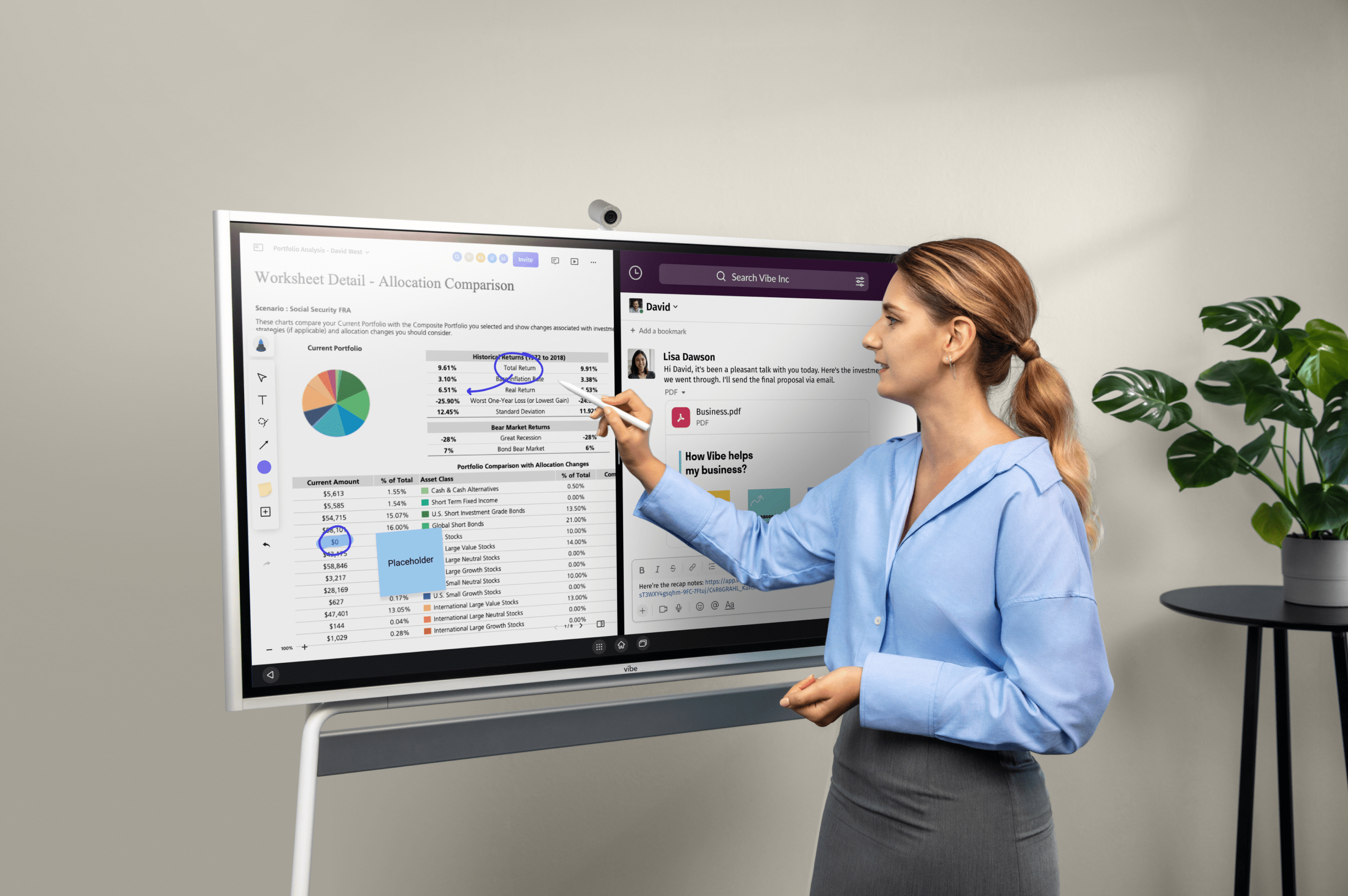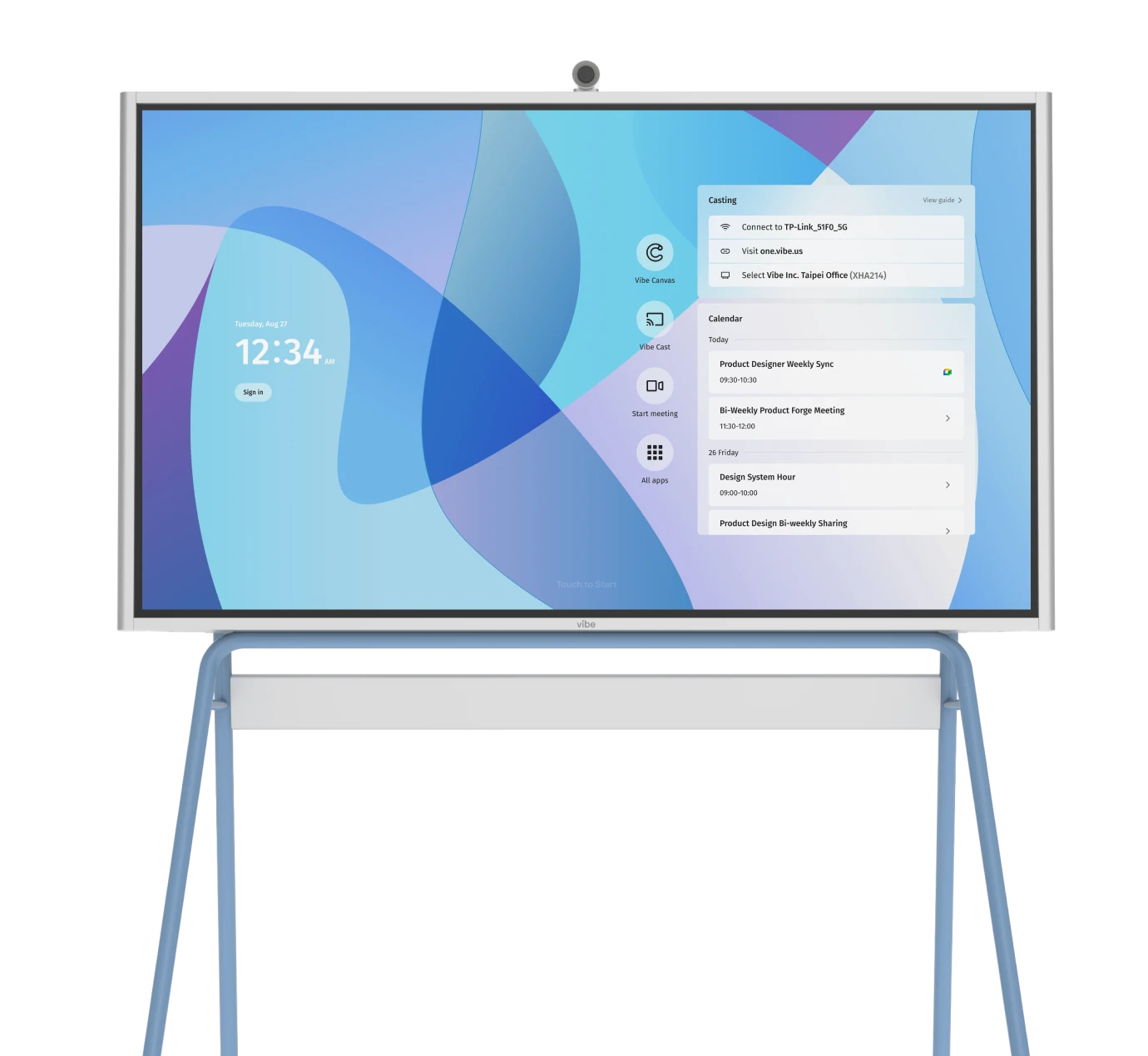
Have you ever wondered why teams made up of the most talented individuals can still miss the mark? The real differentiator isn’t hiring alone—it’s in how you transform individuals into a unified, unstoppable force. Building teams that consistently outperform expectations requires fostering an environment where collaboration thrives, goals align, and every member contributes to something bigger than themselves. Whether you’re leading a startup, managing a department, or overseeing cross-functional projects, the ability to cultivate team excellence will directly impact your organization’s success. This comprehensive guide explores the essential elements that transform ordinary groups into powerhouse teams that consistently deliver outstanding results.
- High performing teams achieve 20% higher productivity and profitability compared to average teams
- Clear communication, defined roles, and mutual trust form the foundation of team excellence
- Implementing structured development processes and feedback systems accelerates team performance
- Cross-functional collaboration and continuous learning drive innovation and adaptability
- Investment in team development tools and resources yields measurable returns in engagement and results
- Recognition systems and accountability practices sustain long-term high performance
What is a High Performing Team?
High performing teams are groups of individuals who work together effectively and efficiently to consistently achieve or surpass their goals and deliver exceptional results. You know a high performing team when you see one: deadlines aren’t stressful scrambles, team members actively seek each other’s input, and they consistently exceed targets while competitors struggle to meet theirs. Meetings end with clear action items instead of confusion. Problems get solved through collaboration, not finger-pointing. When crunch time hits, team members cover for each other without being asked, and everyone celebrates wins together.
What sets these teams apart is their capacity to balance exceeding expectations while maintaining high levels of employee satisfaction and engagement. High performing teams demonstrate remarkable resilience, adapting quickly to changing circumstances while maintaining focus on their core objectives. They create collaborative workspaces where communication is open, trust is high, and every member feels empowered to do their best work.
Why High Performing Teams Are Essential
The impact of high performing teams extends beyond immediate project outcomes. Research shows that these teams consistently deliver 20% higher productivity and profitability, along with 10% higher customer satisfaction rates. [1] They serve as catalysts for enhanced creativity and innovation, with their culture of openness and experimentation encouraging calculated risks and continuous improvement. High performing teams also drive higher employee engagement and retention, creating environments where individuals feel valued and supported, ultimately reducing turnover costs and contributing to healthier organizational cultures.
Conversely, low-performing teams create significant organizational drag. Teams lacking clear direction and accountability often experience decreased productivity, increased conflict, and higher turnover rates. Without proper structure and leadership, teams can become sources of frustration rather than drivers of success, leading to missed deadlines, compromised quality, and diminished morale that affects entire organizations.
Characteristics of High Performing Teams
Understanding the core characteristics that define exceptional teams provides a roadmap for development. These traits don’t emerge overnight but are cultivated through intentional effort and consistent practice. Each characteristic builds upon the others, creating a foundation that supports sustained excellence and continuous growth.
Clear Purpose and Goal Alignment
In a high performing team, everyone can clearly explain not just what they’re working on, but why it matters—and how it connects to the team’s bigger mission. High performing teams share a unified vision that connects individual contributions to larger organizational objectives, creating a sense of meaning that motivates individuals to go beyond basic job requirements. Effective goal alignment involves collaborative goal-setting processes where team members have input in defining priorities and success metrics. This collaborative approach ensures that goals have personal meaning and resonance for each team member, building commitment and engagement that sustains performance over time.
-
Development Tip: Hold quarterly goal-setting workshops where team members collaborate to define objectives, ensuring each person can articulate how their role contributes to the team’s mission and organizational success.
Trust and Mutual Respect
You’ll notice team members openly admit mistakes, ask for help without hesitation, and give credit freely—because they know their colleagues have their back. Trust forms the bedrock of all high performing teams, enabling members to work autonomously while fostering psychological safety that encourages open communication and risk-taking. Building mutual respect requires recognizing and valuing the diverse perspectives and skills that each team member brings to the group, creating inclusive environments where different viewpoints are welcomed and leveraged for better decision-making and innovative solutions.
-
Development Tip: Implement regular "strengths spotlights" where team members share their unique skills and experiences, followed by discussions on how to leverage these diverse capabilities for upcoming projects.
Defined Roles and Clear Communication
In practice, everyone knows exactly who to turn to for answers, and project handoffs are smooth because responsibilities are clearly understood and communicated. Role clarity prevents confusion over project ownership, maintains organized workflows, and ensures accountability across all team functions. High performing teams use streamlined communication systems, such as dedicated channels for different types of discussions and project management tools that house critical data, while creating opportunities for knowledge sharing and cross-functional learning that foster environments where expertise is freely shared.
-
Development Tip: Create a team charter that clearly outlines each member’s responsibilities, decision-making authority, and communication protocols, then review and update it quarterly to ensure continued clarity.
Results-Oriented Focus
You’ll see teams tracking their progress in real time, celebrating milestones together, and quickly pivoting when targets aren’t being met—always with a clear eye on the end goal. High performing teams maintain laser focus on achieving outstanding results while balancing efficiency with quality, channeling collective energy toward meaningful outcomes that advance both team and organizational objectives. They regularly measure their progress against established metrics, celebrating achievements while identifying areas for improvement, understanding that sustainable high performance requires balancing immediate needs with strategic objectives for lasting organizational success.
-
Development Tip: Establish weekly progress reviews using visual dashboards that track key metrics, celebrating wins while identifying specific actions to address performance gaps and maintain momentum.

Continuous Learning and Adaptability
In these teams, it’s common to see colleagues sharing new insights from a recent workshop, experimenting with fresh approaches, and openly discussing what worked—and what didn’t—after a project wraps up. Exceptional teams embrace change as an opportunity for growth rather than a threat to stability, actively seeking new ideas and adapting swiftly to changing circumstances through a culture that values learning over being right. Continuous learning and training manifests through formal skill development programs, informal knowledge sharing sessions, post-project retrospectives, and cross-functional collaboration opportunities, with teams creating space for experimentation and calculated risk-taking while investing in both technical and soft skills development.
-
Development Tip: Schedule monthly "learning lunches" where team members share new skills, industry insights, or lessons learned from recent challenges, creating a culture where knowledge sharing becomes a natural part of team interaction.
8 Steps to Building a High Performing Team
Creating exceptional teams requires a systematic approach that addresses both structural elements and cultural dynamics. These eight steps provide a comprehensive framework for developing teams that consistently deliver outstanding results while maintaining high levels of engagement and satisfaction.
1. Define and Communicate Clear Team Goals Together
Collaborative goal-setting creates shared ownership and commitment that drives sustained performance. Rather than imposing objectives from above, effective leaders facilitate discussions where team members contribute to defining priorities, success metrics, and implementation strategies. This collaborative approach ensures that goals resonate personally with each team member while aligning with broader organizational objectives.
Implementation begins with structured goal-setting sessions where teams can discuss key priorities and provide input on objective development. Use frameworks like OKRs (Objectives and Key Results) or SMART to ensure goals are specific, measurable, and time-bound. Regular check-ins and progress reviews keep goals visible and relevant, allowing teams to adjust course when necessary while maintaining focus on core objectives.
2. Establish Communication Channels and Protocols
Effective communication systems prevent information silos and ensure that critical knowledge flows freely throughout the team. This involves more than choosing the right tools—it requires establishing clear protocols for different types of communication, from quick updates to complex problem-solving discussions. Teams need structured approaches that match communication methods to content and urgency levels.
Create communication frameworks that specify which channels to use for different purposes: instant messaging for quick questions, project management tools for task coordination, and video calls for complex discussions. Establish regular communication rhythms, such as daily stand-ups, weekly progress reviews, and monthly strategic discussions. Train team members on effective communication practices, including active listening, constructive feedback, and conflict resolution techniques.
3. Delegate Decision-Making Authority Effectively
Empowering team members to make decisions within their areas of expertise accelerates progress and builds ownership. Effective delegation isn’t about abdication—it’s about creating clear boundaries and expectations while providing the authority needed to execute responsibilities. This approach reduces bottlenecks, increases responsiveness, and develops team members’ leadership capabilities.
Start by mapping decision types and identifying appropriate decision-makers based on expertise, impact, and accountability. Create decision-making frameworks that specify when individual decisions are appropriate versus when team consultation is required. Provide training on decision-making processes, risk assessment, and escalation procedures to ensure team members feel confident in their authority while maintaining appropriate oversight.
4. Organize Cross-Functional Team Collaboration
Breaking down silos and fostering collaboration across departments enhances innovation and problem-solving capabilities. Cross-functional collaboration brings diverse perspectives to challenges, leverages complementary skills, and creates solutions that might not emerge within single-function teams. This approach also builds organizational knowledge and strengthens relationships across the company.
Implement structured collaboration opportunities such as cross-functional project teams, knowledge-sharing sessions, and joint problem-solving workshops. Create physical and virtual meeting spaces that facilitate interaction between different departments and functions. Establish collaboration protocols that respect different working styles and priorities while maintaining focus on shared objectives.
 Team using a Vibe Board to collaborate in a hybrid meeting.
Team using a Vibe Board to collaborate in a hybrid meeting.5. Implement Targeted Skill Development Programs
Continuous skill development ensures that team capabilities evolve with changing business needs and technological advances. Effective development programs address both technical competencies and soft skills, recognizing that team performance depends on both individual expertise and collaborative capabilities. These programs should be tailored to specific team needs and individual career aspirations.
Conduct regular skills assessments to identify development opportunities and create personalized learning plans for each team member. Offer diverse learning formats including formal training, mentoring relationships, job rotations, and peer-to-peer learning opportunities. Allocate dedicated time and resources for skill development, making it clear that learning is a priority rather than an afterthought.
6. Create a Recognition and Feedback System
Regular recognition and constructive feedback fuel motivation and continuous improvement. Effective recognition systems acknowledge both individual contributions and team achievements, understanding that different people are motivated by different types of recognition. Feedback systems should provide timely, specific, and actionable input that helps team members grow and improve.
Develop recognition programs that celebrate various types of contributions: exceptional performance, innovative solutions, collaborative efforts, and learning achievements. Implement regular feedback cycles that include peer feedback, manager input, and self-assessment opportunities. Train team members on giving and receiving feedback effectively, creating a culture where continuous improvement is valued and supported.
7. Set Development Objectives
Individual development objectives provide clear direction and accountability for personal growth within the team context. These objectives should connect personal growth aspirations with team needs and organizational goals, creating alignment that benefits everyone involved. Regular review and adjustment of objectives ensures they remain relevant and challenging while supporting both individual career advancement and team performance.
Work with each team member to establish development objectives that stretch their capabilities while remaining achievable and relevant to their role and career aspirations. Create tracking systems that monitor progress and provide regular check-in opportunities to discuss challenges, celebrate achievements, and adjust goals as needed. Link development objectives to performance reviews and career advancement opportunities, demonstrating the organization’s commitment to individual growth while ensuring that personal development contributes to overall team effectiveness and organizational success.
8. Build Mutual Accountability Practices
Mutual accountability creates environments where team members hold each other responsible for commitments and performance standards. This isn’t about blame or punishment—it’s about creating shared responsibility for team success and individual growth. Effective accountability practices build trust and reliability while maintaining focus on collective objectives.
Establish clear performance standards and expectations that everyone understands and commits to upholding. Create regular review processes where team members can discuss progress, challenges, and support needs. Implement peer accountability systems such as buddy partnerships or small accountability groups that provide ongoing support and encouragement.

Invest in Your Team’s Success
Building high performing teams requires intentional investment in people, processes, and tools that support excellence. This investment pays dividends through increased productivity, higher employee satisfaction, reduced turnover, and improved business performance. Organizations that prioritize team development create competitive advantages that are difficult for competitors to replicate.
The most successful organizations understand that team development is an ongoing process rather than a one-time initiative. They allocate resources for continuous learning, provide tools that facilitate collaboration, and create cultures that support both individual growth and collective achievement. This investment approach recognizes that high performing teams are built through consistent effort over time, requiring sustained commitment from leadership and team members alike.
Enable High Team Performance with Vibe Board S1
Empowering teams to reach their highest potential requires more than just strong leadership and clear strategies; it demands the right tools that seamlessly support collaboration, communication, and accountability. The Vibe Board S1 is designed to be that catalyst, elevating team performance by integrating advanced technology with the proven practices that drive exceptional results.
Its infinite canvas and intuitive multi-user interface transform how teams brainstorm, set objectives, and track progress. Visualizing goals and project plans becomes effortless, allowing every team member to see how their contributions align with the broader mission. The board’s real-time collaboration features break down barriers for remote and hybrid teams, making it easy to share ideas, provide feedback, and maintain clarity no matter where team members are located. Access to over 250 applications and cloud saving capabilities ensures that important documents, workflows, and learning resources are always accessible, fostering continuous development and adaptability.
Vibe also enhances team dynamics by supporting transparent communication and recognition. Teams can visualize responsibilities, track milestones, and maintain shared accountability through dynamic dashboards and project management tools built right into the platform. By weaving these features naturally into daily workflows, you will not only streamline operations but also nurture the trust, clarity, and engagement that define high performing teams.
Ready to give your team the tools it needs to succeed and perform at a higher level? Request a demo today and see firsthand how the Vibe Board S1 will change the way your teams operate.
Watch the video to see how the Vibe Board powers next-level collaboration and productivity:
High Performing Teams FAQs
What are the 7 traits of high performing teams?
The seven key traits include strong leadership, clear communication, trust and collaboration, diversity and inclusion, defined roles and responsibilities, shared goals and purpose, and continuous learning mindset. These traits work together to create environments where teams can consistently deliver exceptional results while maintaining high levels of engagement and satisfaction.
What are the 4 stages of high performing teams?
High performing teams progress through four distinct stages: Forming (initial team assembly), Storming (working through conflicts and establishing norms), Norming (developing cohesive working relationships), and Performing (achieving high levels of effectiveness and results). Teams may cycle through these stages as membership changes or new challenges emerge.
What is the high performing team model?
The high performing team model encompasses participative leadership, effective decision-making, open communication, valued diversity, mutual trust, conflict management, clear goals, defined roles, coordinative relationships, and positive team dynamics. This model provides a comprehensive framework for understanding and developing the elements that contribute to sustained team excellence.









-1sbltxxq4FYxHrXrwJVLsCDNsXpqNa.webp)
-5Zp0pmSytvcuYDVs1LvuwplKuRneK0.webp)
